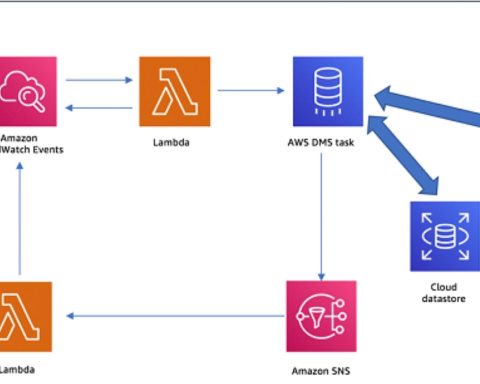Sales of internet-connected TV sets are seeing significant growth in U.S. homes this year, according to new data from the Consumer Technology Association shared exclusively with Variety Intelligence Platform.
So-called smart TVs made a sizable leap in 2023 over the previous year, from 64% to 74% in household penetration rate, according to CTA’s U.S. Consumer Technology One-Year Industry Forecast (2019-24), which received its biannual update last month. Only LCD TVs had a higher rate among video products that were tracked, but they held even at 86% versus a year ago.
Topping out at 63% in 2023 were streaming media players such as Roku, which have seen their growth decelerate as the smart TV category began to improve its products, lessening the need for buying a separate device to hook up living-room screens to the internet to watch streaming services.
When compared with other kinds of devices, only 5G-enabled smartphones showed a higher level of growth across the 80 product categories tracked. Bluetooth or wireless headphones, wireless earbuds and video game console accessories demonstrated half the rate of growth as smart TVs.
Another report CTA shared exclusively with VIP+, “2023 U.S. Consumer Technology Ownership & Market Potential Study,” also indicated a smart TV spike in motion this year. In an online survey of 2,615 U.S. adults conducted in April, the percentage of households signaling purchase intent within the next 12 months for internet-enabled TVs was higher than any other kind of TV, including 4K, 8K and OLED.
Smart TVs are clearly riding the momentum that premium video streaming generated coming out of the pandemic era, as services multiplied with apps easily available on the user interfaces of many top OEM brands.
Now that smart TVs have everything a consumer needs in one device, that’s taken some of the wind out of the sails of the Rokus and Fire TVs and other dongles and boxes out there, which is why you see smart TVs outselling streaming devices in 2023. Which isn’t to say there’s no need for those devices at all. They are still good, especially as secondary devices for secondary TVs in bedrooms besides the primary.
But when you look at how companies such as Roku have shifted a lot of their own attention away from streaming devices to embedding the functionality of those devices into TVs, that tells you all you need to know about where the market is today.
There’s evidence out there that the U.S. is just at the beginning of a refresh cycle for TV sets, which bodes well for manufacturers. But the smart TV spike may be short-lived, as not only is the U.S. streaming market starting to mature but we’re seeing the first generation of homeowners that doesn’t necessarily see TV-set ownership as a must-have because of all the viewing they do on mobile and other screens.
Still, that’s not to say TV sets are headed for extinction, but their peak growth days are probably permanently over.






